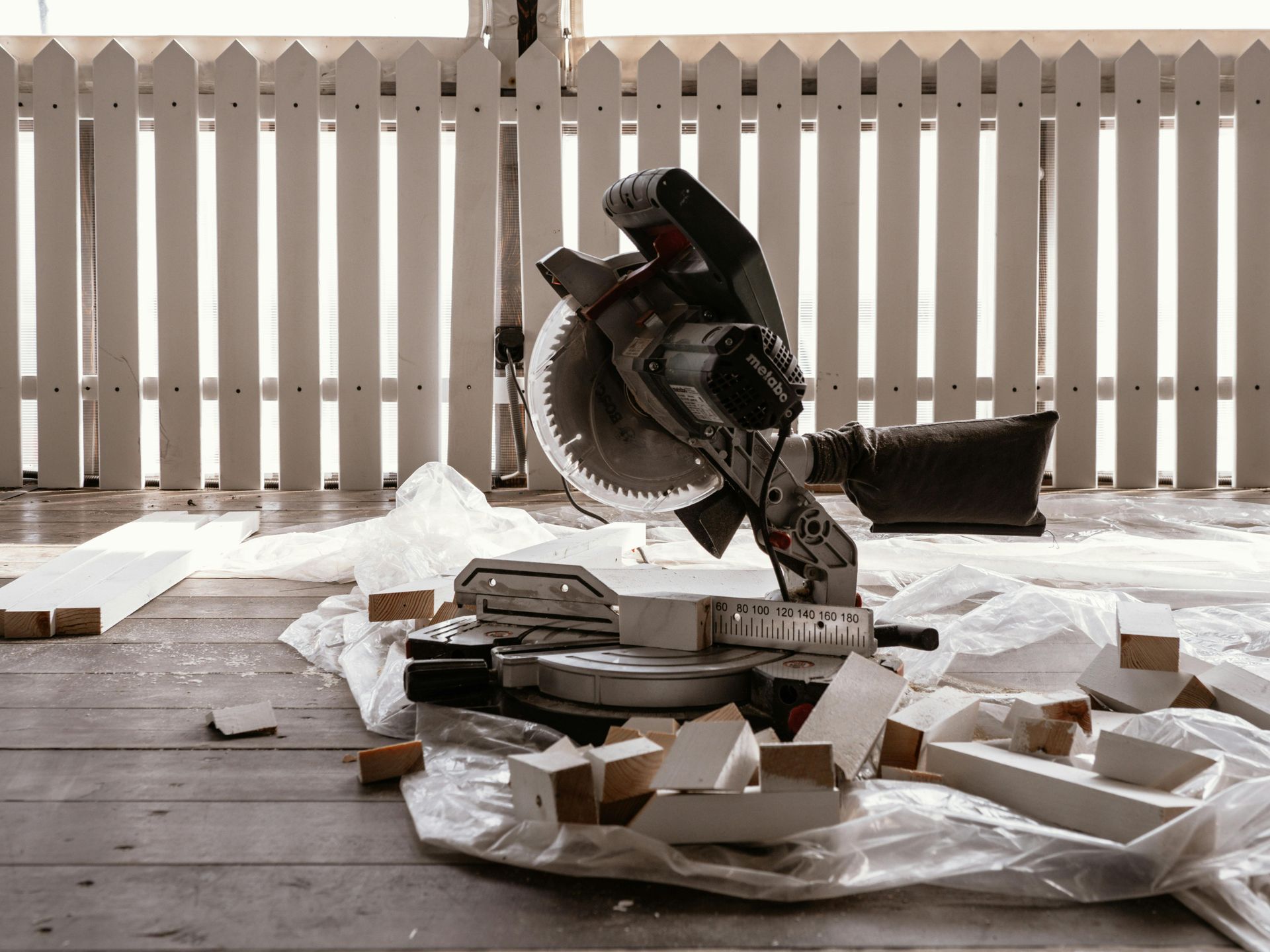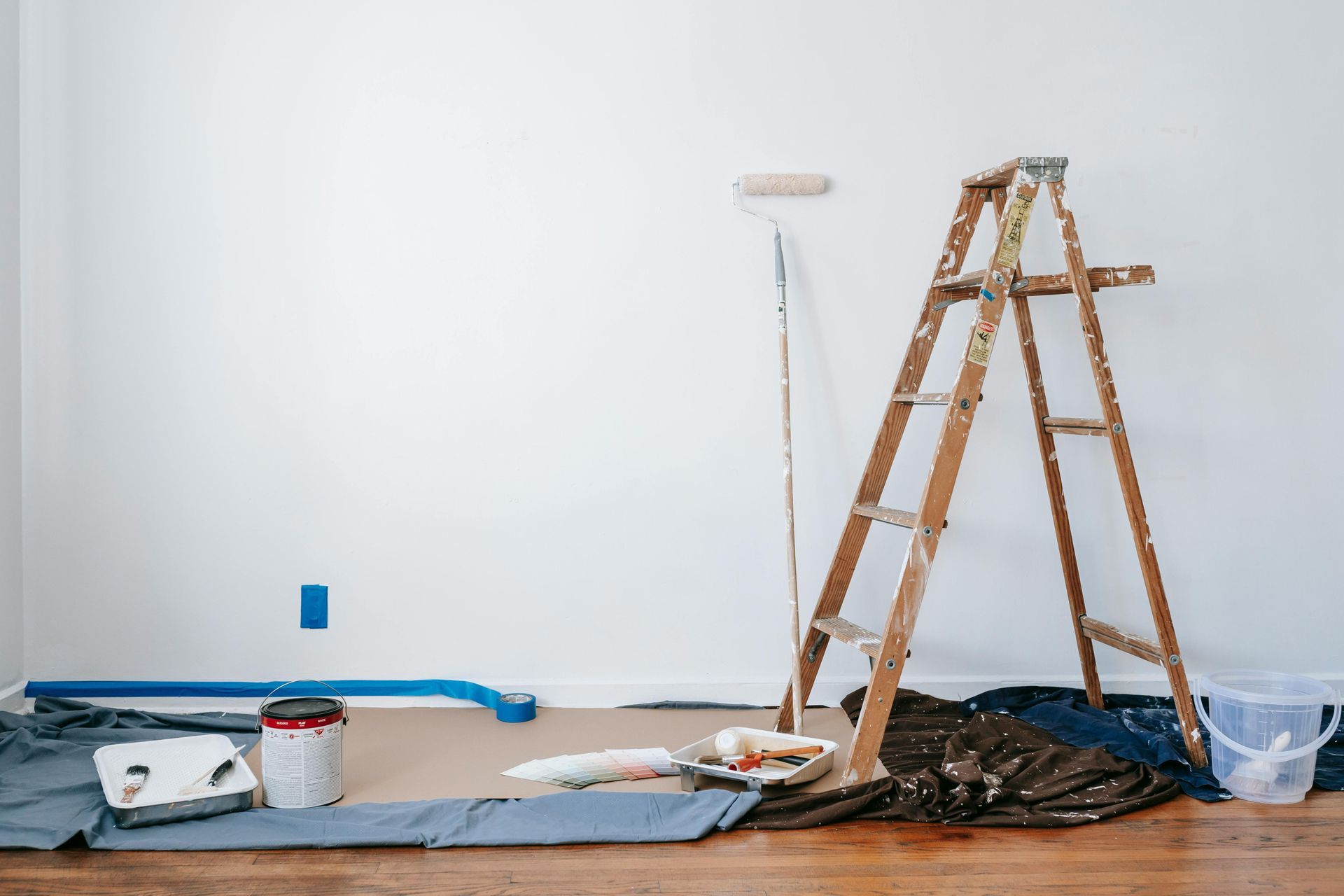Small Bathroom Design Ideas That Maximize Space
This is a subtitle for your new post
When it comes to small bathrooms, finding creative ways to maximize space is essential. With the right design ideas and a few clever tricks, one can transform a compact bathroom into a functional and stylish oasis. These tips, from home improvement stores in Boulder, will make the most of limited square footage.
- Embrace a Minimalist Approach
One effective way to optimize space in a small bathroom is by embracing a minimalist approach. By keeping the design clean, simple, and clutter-free, one can create an illusion of spaciousness. Opt for sleek and streamlined fixtures and accessories that blend seamlessly, giving the bathroom a cohesive and uncluttered look. Consider wall-mounted storage options to free up floor space and keep surfaces clear. - Utilize Vertical Space
When horizontal space is limited, it's crucial to think vertically. Take advantage of walls and vertical surfaces by installing shelves, cabinets, or hooks to maximize storage. This allows for efficient organization of towels, toiletries, and other bathroom essentials. Utilizing vertical space not only helps with storage but also draws the eye upward, creating a sense of height and openness in the bathroom. - Opt for Space-Saving Fixtures
Choosing space-saving fixtures is key to maximizing functionality in a small bathroom. Consider replacing a large vanity with a pedestal sink or a wall-mounted sink to free up valuable floor space. Compact toilets with a smaller footprint can also make a significant difference in a cramped bathroom. One can even explore corner sinks or toilets to utilize awkward corners effectively. - Light and Bright Colors
Light and bright colors play a vital role in visually expanding a small bathroom. Opt for soft neutrals, pastels, or whites to create a sense of airiness and openness. Light-colored tiles, walls, and fixtures reflect light, making the space feel more expansive. To add visual interest, consider incorporating pops of color through accessories or accent tiles. - Mirror Magic
Mirrors are a small bathroom's best friend. They not only serve a practical purpose but also have the ability to visually double the size of the space. Install a large mirror above the sink or across one wall to create an illusion of depth and openness. Alternatively, consider using mirrored cabinets or mirrored tiles to add functionality and style while expanding the perceived space. - Clever Storage Solutions
In a small bathroom, efficient storage solutions are a must. Explore creative options, such as recessed shelving in shower niches or above the toilet. Opt for over-the-toilet storage units or floating shelves that provide extra space for storing towels, toiletries, and other essentials. Consider utilizing vertical spaces, such as the back of the door, for hanging towels or installing hooks. - Multi-functional Furniture and Accessories
Make the most out of limited space by incorporating multi-functional furniture and accessories. Look for vanity units with built-in storage or mirrors with hidden cabinets. Choose a shower curtain with pockets or hooks for hanging toiletries. By combining functionality with design, one can optimize space in the bathroom without compromising on style. - Incorporate Open Shelving
Open shelving is a fantastic way to add storage and display space while keeping the bathroom visually open. Install floating shelves or wall-mounted racks to showcase towels, decorative items, or even plants. By using open shelving, one can keep frequently used items within reach while adding a touch of personality to the bathroom décor. - Optimize Shower Space
In small bathrooms, the shower area can often take up a significant portion of the room. To optimize this space, consider installing a walk-in shower with a frameless glass enclosure. This creates a seamless and open look, making the bathroom feel more spacious. Additionally, using large-format tiles on the shower walls can give the illusion of a larger area. - Utilize Pocket Doors
Traditional swinging doors can take up valuable floor space and make a small bathroom feel cramped. One alternative solution is to install pocket doors that slide into a wall cavity when opened. This eliminates the need for door swings and maximizes every inch of the bathroom. Pocket doors can be a stylish and practical addition to small bathroom designs. - Explore Wall-Mounted Faucets
To free up countertop space and create a sleek look, consider opting for wall-mounted faucets. These faucets are installed directly into the wall above the sink, allowing for a minimalist design and easy cleaning. Wall-mounted faucets not only save space but also add a touch of modern elegance to the bathroom. - Consider a Corner Bathtub
For those who enjoy a relaxing soak, a corner bathtub can be a great option in a small bathroom. By utilizing the corner space, a compact bathtub can be installed without taking up too much floor area. Corner bathtubs come in various sizes and styles, allowing for customization to suit one's preferences and maximize space. - Use Glass or Acrylic Accessories
In a small bathroom, visual clutter can make the space feel even smaller. To combat this, consider using glass or acrylic accessories instead of solid materials. Transparent soap dispensers, toothbrush holders, and storage containers create a sense of openness and allow light to pass through, making the bathroom appear larger and more airy. - Install Large Windows or Skylights
Natural light is a powerful tool in making a small space feel more expansive. If possible, consider installing large windows or skylights to bring in ample natural light into the bathroom. This not only enhances the overall ambiance but also creates a sense of openness and connection with the outdoors. - Seek Professional Help
For those seeking expert guidance and personalized solutions, consulting professionals from home improvement stores in Boulder can be beneficial. Their expertise can help navigate through various design options, offer advice on suitable fixtures and materials, and provide valuable insights into maximizing space in small bathrooms. Additionally, these stores often offer a range of products, including plumbing supplies and lumber in Boulder, to cater to different renovation needs.
Stepping into the Future with Space-Optimized Bathrooms
Designing a small bathroom to maximize space requires careful planning and innovative ideas. By embracing a minimalist approach, utilizing vertical space, opting for space-saving fixtures, and incorporating light colors and mirrors, one can create the illusion of a larger, more functional bathroom. Clever storage solutions and multi-functional furniture further enhance space optimization. For personalized assistance and a wide range of products, one can contact home improvement stores in Boulder
Remember, even with limited square footage, a small bathroom can still be transformed into a stylish and practical sanctuary with the right design choices and a little creativity.


